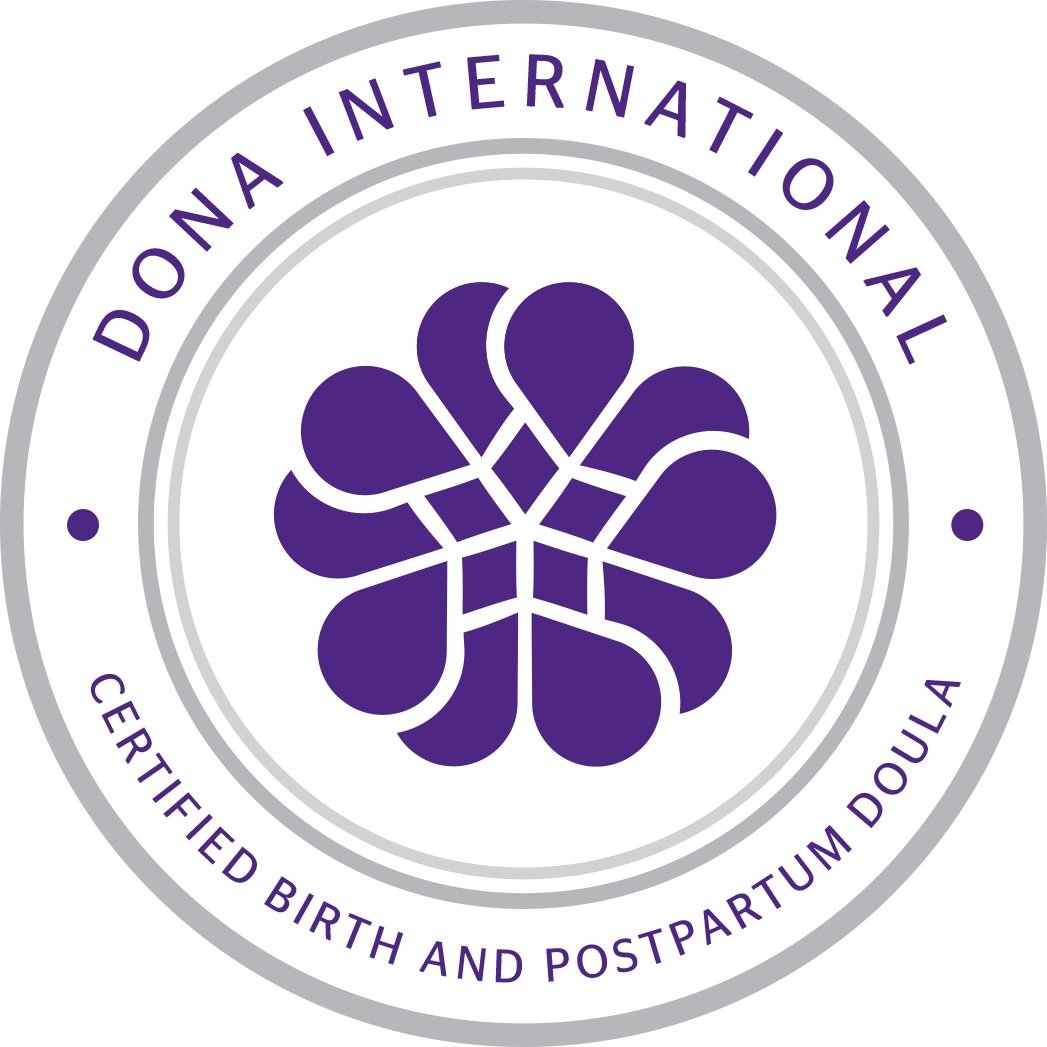MASTITIS - OUCH... What You Can Do & What You Need to Help!
Mastitis can make you feel as though you have been hit by a truck, you are feeling under the weather or coming down with something. It can occur in one or both breasts, can be one-off or re-occurring and can develop at any time during breastfeeding (although more likely in the first 3 weeks of getting breastfeeding established). Prompt treatment can clear up a blocked duct/ducts and prevent a Mastitis or an abscess from developing.
FIRST SIGNS:
Mastitis is inflammation or swelling of your breast tissue, particularly the milk ducts and glands in a breastfeeding woman.
Key points about mastitis:
Mastitis is common.
Mastitis most often happens in the first 4 weeks of breastfeeding when cracked nipples, positioning problems and breast engorgement are most common.
Your commitment to breastfeeding will be tested during this time, but continuing to breastfeed is often part of the solution and stopping can make the mastitis much worse.
Talk to your doctor or midwife if you get a sore breast, a tender red, lumpy area in your breast or feel unwell with 'flu-like' symptoms.
There are also things you can do to ease symptoms, such as continuing to breastfeed, applying wet or dry heat and gentle massage, rest and pain relief.
See your doctor straight away if you have a fever, as you may need antibiotics to treat an infection (www.healthnavigator.org.nz, 2021)
WHAT ARE THE CAUSES OF MASTITIS?
Milk stasis
When milk isn't completely emptied from a breast at feedings, the milk left in the breast tissue can back up and become infected. This is known as milk stasis.
Milk stasis may be caused by:
poor latch on and/or effective sucking by your baby
inefficient positioning between mother and baby during breastfeeding
scheduled or restricted feeds, long gaps without feeding, missed or short feeds
sudden cessation of breastfeeding
overabundant milk supply
breast engorgement
blocked milk duct
pressure on a particular area of the breast caused by a tight bra, gym/swimwear, breast shells, car seatbelt, bag strap across your breasts, your sleeping position or holding your breast firmly during feeding
stress and fatigue that leads to less time for breastfeeding
separation from baby
sleep training programmes that discourage night-time breastfeeding
unusual stress and fatigue or a weakened immune system in the mother (www.healthnavigator.org.nz, 2021)
WHAT ELSE CAN I DO TO SUPPORT RECOVERY FROM MASTITIS?
Immune Support:
Vitamin C - 2000mg daily in x2 daily divided doses (1000mg AM and 1000mg PM)
Homeobotanicals Formula #I Immune, Infection: Herbal antiseptic & immunity boost for acute & chronic infection
Olive Leaf for treating inflammation and infection (ask a Naturopath or Health store for advice on dosage)
Probiotics: There is some evidence that the use of a probiotic which contains Lactobacillus Salivarius or Lactobacillus fermentum may be an effective treatment for mastitis. Read more here: http://www.huttmaternity.org.nz/content/4703cad2-e1d3-4057-bc2c-2e7da4d303a7.cmr
HOMEOPATHIC SUPPORT:
All homeopathic remedies should be administered by a registered homeopath for the correct potency and administration (doses & duration). Can be safely taken alongside antibiotics and prescribed pain relief.
Belladonna: For swollen, red, hot and throbbing breast/s. Tender to touch and the skin is dry. Key note: Affected individuals face is also red/flushed/hot. Possibly a fever. Patients feel worse when lying down.
Bryonia: Swollen breast/s that is worse with ANY kind of movement. The breast/s are hard, like stones and must be held to provide any relief. Key note: Affected individual will feel better for rest.
Phytolacca: Swollen breast/s that are lumpy and hard. Nipples are sore to touch. Nursing is extremely painful, and pain may radiate to other parts of the body. Key note: Pain may feel stinging or there may be ‘shooting’ pains. Skin is usually quite a dark red and nipples are cracked.
Croton tiglium: Swollen breasts are hard with drawing pain that radiates to the back after nursing.
Silicea & Hepar sulph: Suppurrating (puss filled) abscess forms. Discharge may be offensive, lots of pain and affected individual may feel chilly. **Can be taken alongside antibiotics.
OTHER IDEAS FOR SUPPORT:
Contact an IBCLC (Certified Lactation Consultant) https://www.nzlca.org.nz/
La Leche League NZ https://lalecheleague.org.nz/
Plunket Healthline 24/7: https://www.plunket.org.nz/plunket/what-we-offer/plunketline/ AND https://www.plunket.org.nz/caring-for-your-child/feeding/breastfeeding/breastfeeding-problems-and-solutions/
Silicea & Hepar sulph: Suppurrating (puss filled) abscess forms. Discharge may be offensive, lots of pain and affected individual may feel chilly. Can be taken alongside antibiotics.




